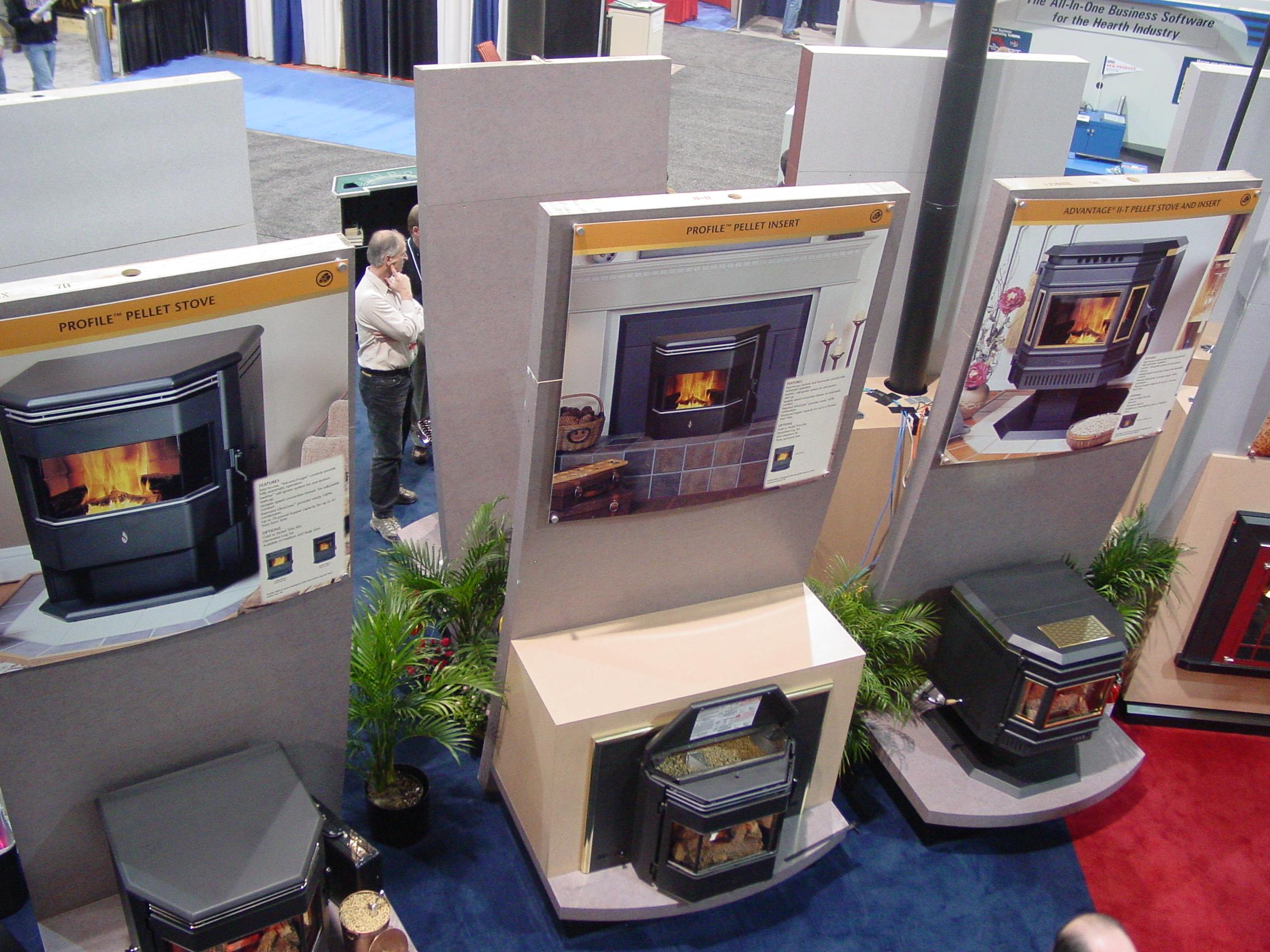

Market Competence
Lennox is looking to increase competitiveness and revitalize a traditional product offering with a refresh to the Whitfield Pellet Stove line. The market has not seen substantial innovation in product technology or feature content.


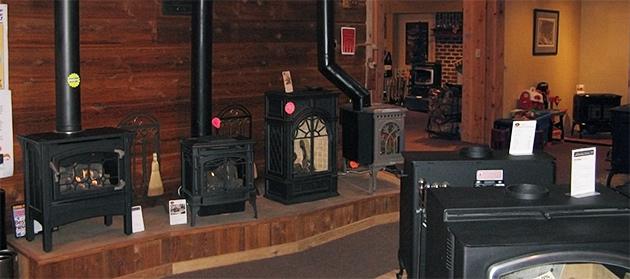
The established nature of the market tends to favor a more traditional style. Lennox believes there is an opportunity to capture a second generation of customers that grew up with their products and become homeowners. While the brand has enjoyed a 40% market share at its height, it has lost momentum and dipped into the single digits. Additionally, the new product is not performing as well as the older one. While mostly sold to consumers at specialty stores, a salesperson is usually required in the purchasing process to communicate the full product benefits. The interaction with the salesperson allows stores to upsell customers with trim options to customize to their preferences.


Technology Capability
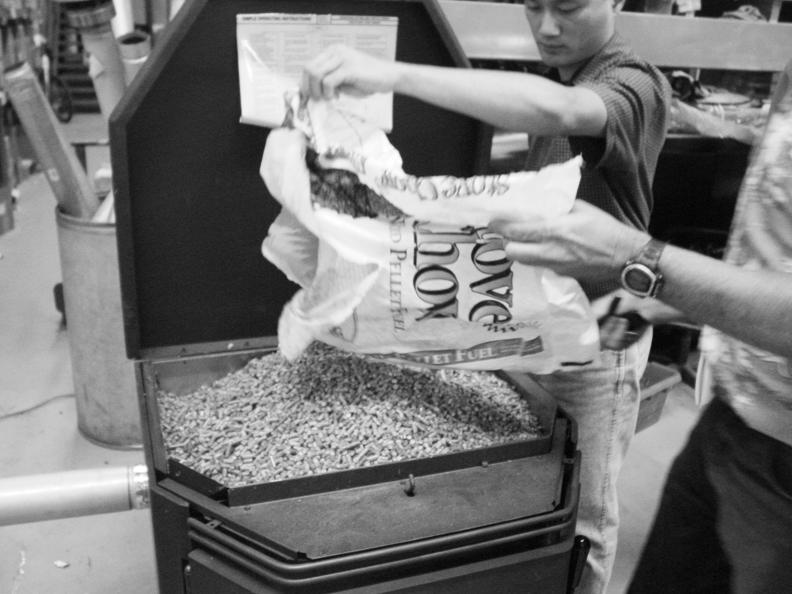
Lennox is counting on developing more efficient combustion by redesigning the burn pot and performance through modifications to the heat exchanger. The cosmetic product changes include a fresh interpretation of traditional and contemporary for higher consumer acceptance and flexibility in the design to accommodate upgrade/upsell and product life extension.
As part of the technical improvements, Lennox is creating a product architecture requiring less time at the point of assembly and more accessible serviceability of components with higher failure modes, such as the control panel. Additionally, the redesign considers incorporating a switch for a thermostat or manual control (stove mode) necessary to match competitors’ features.

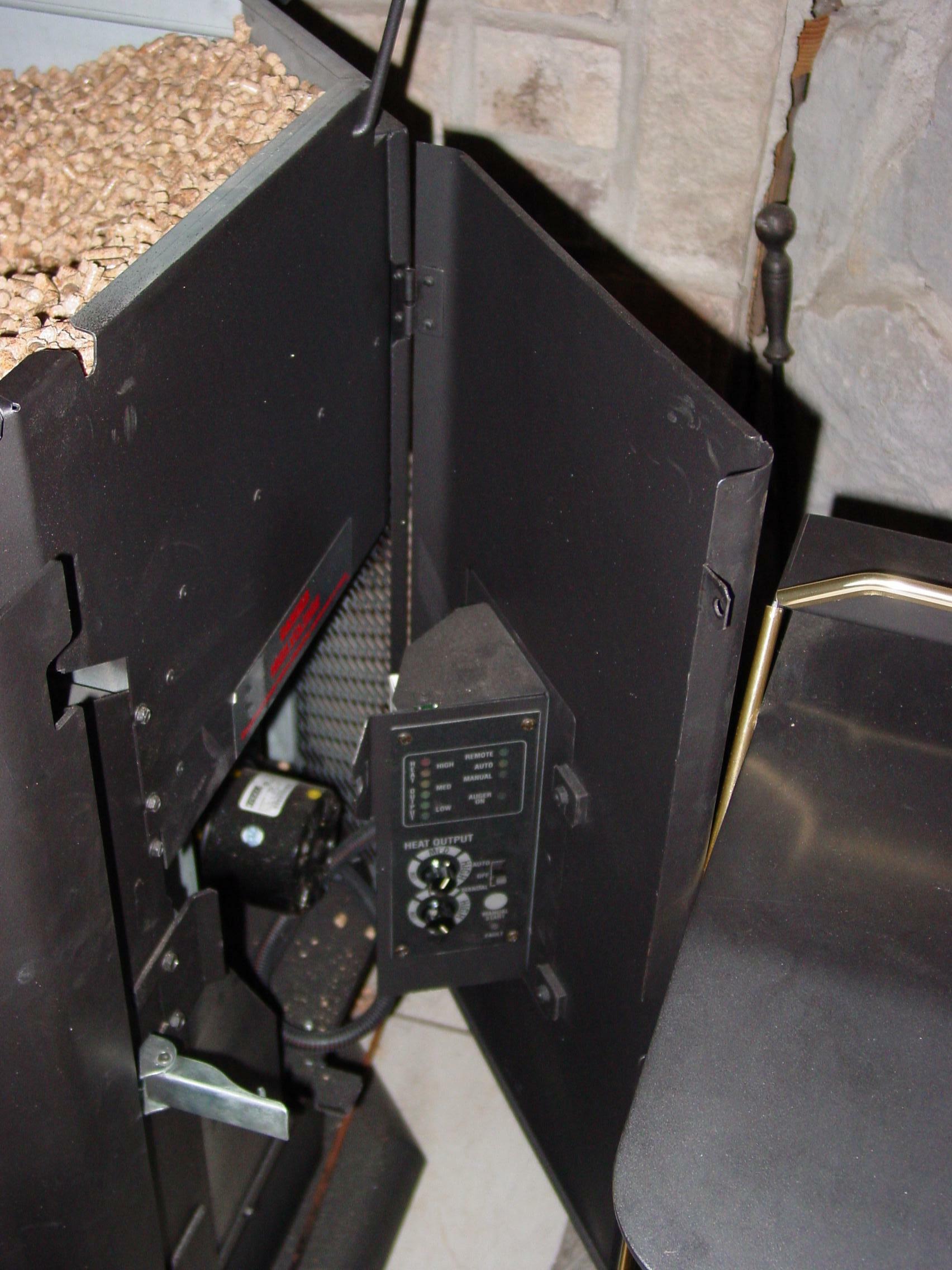
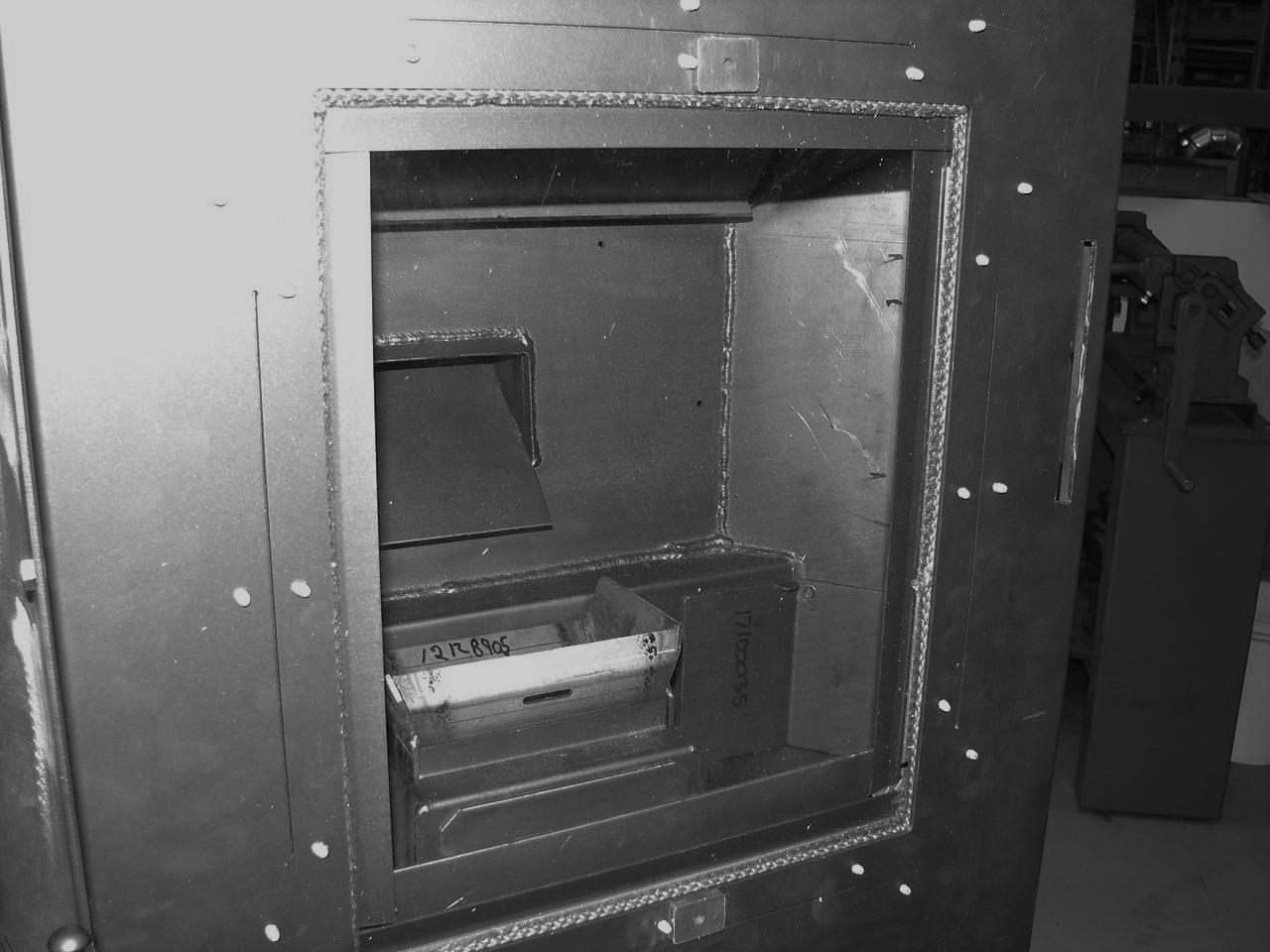
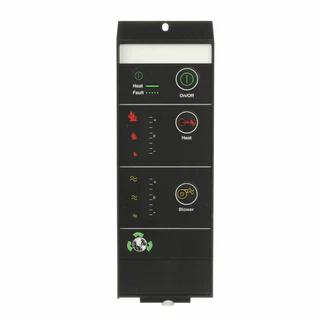
accessible clean-out, and fast access to components during service.
Use & Functionality:

Improved user interface (UI): smaller hopper lid, flat door, improved latching system, and more accessible controls.
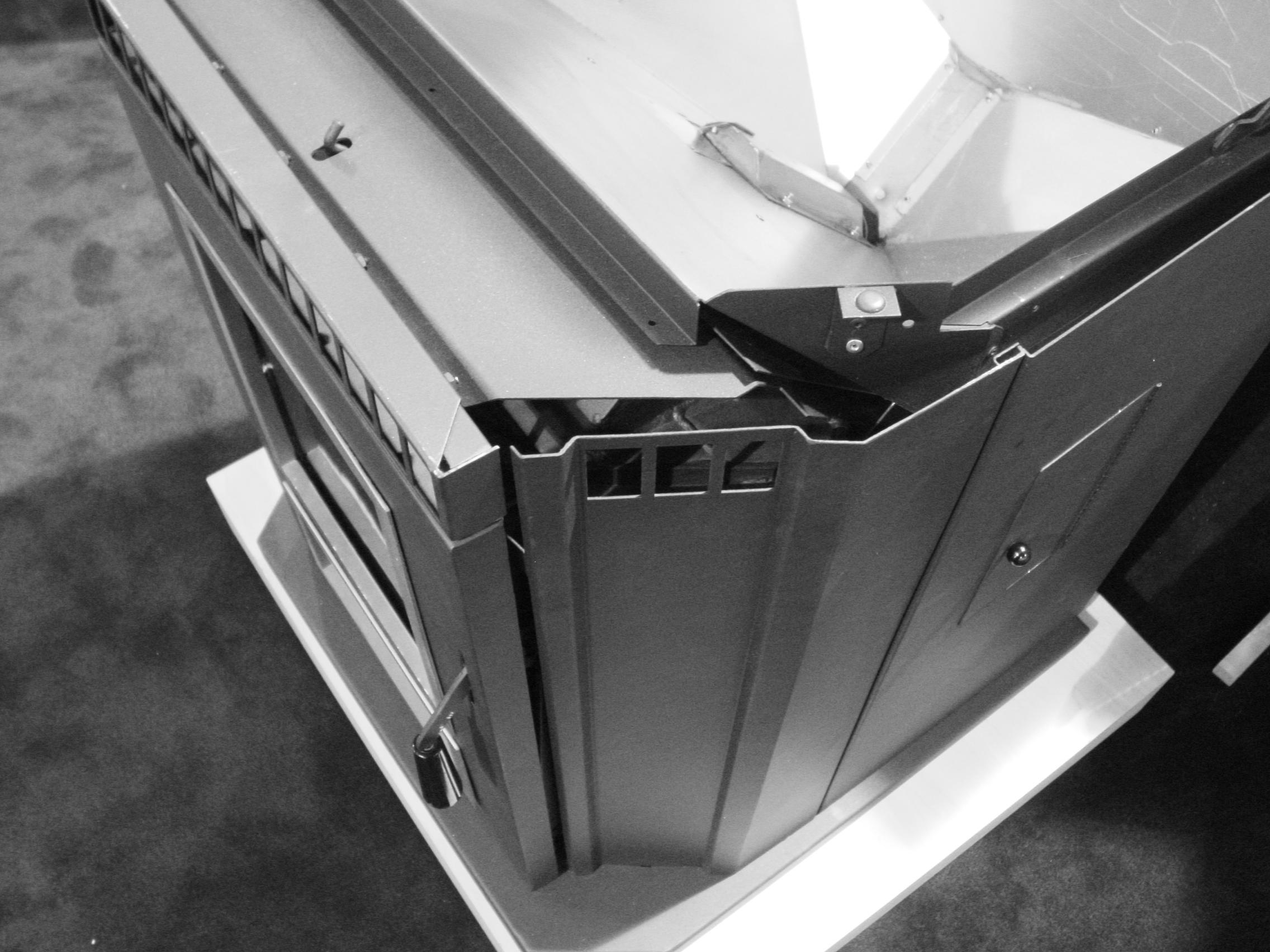
Product Architecture:
Is focused on building flexibility for manufacturing, assembly, and sales. A modular construction system that enables upsell options with selected trims (regional). The concept focuses on a column system, pedestal, full-front face, and bay with a larger viewing area.
Style:
Inspiration in architectural styles blends with home decor: traditional, transitional, and contemporary homes. The modular construction system provides a framework for multiple styles and trim packages. Types are developed around: Georgian, Traditional, Southwest, Metro, Revival, Provincial, Prairie, and Modern.
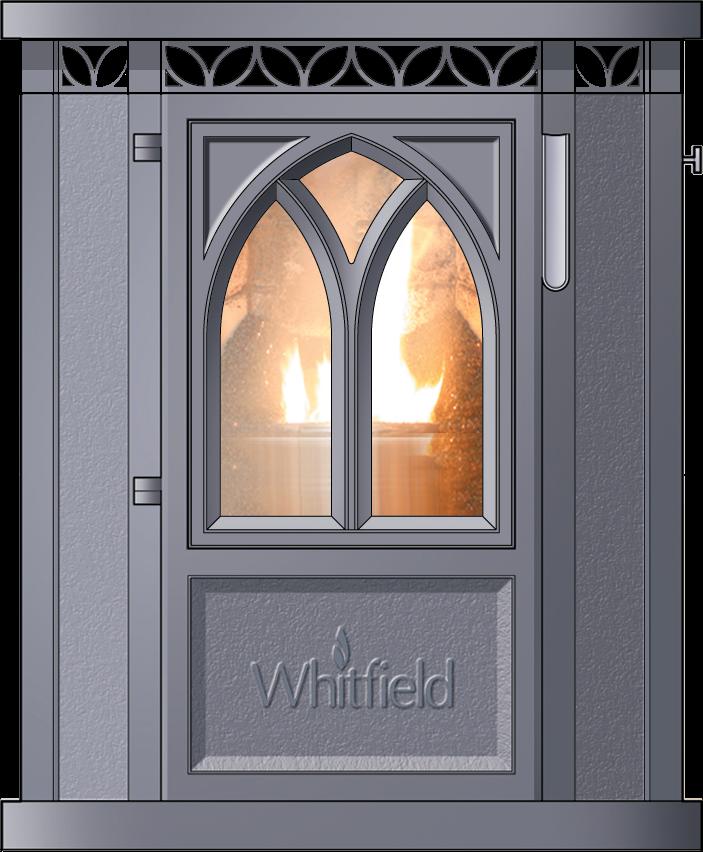


Architectural styles served as inspiration for creating product concepts. A modular construction system provided the framework for multiple types, and trim packages—upsell options with selected trims were available for consumers' stye preferences by region.

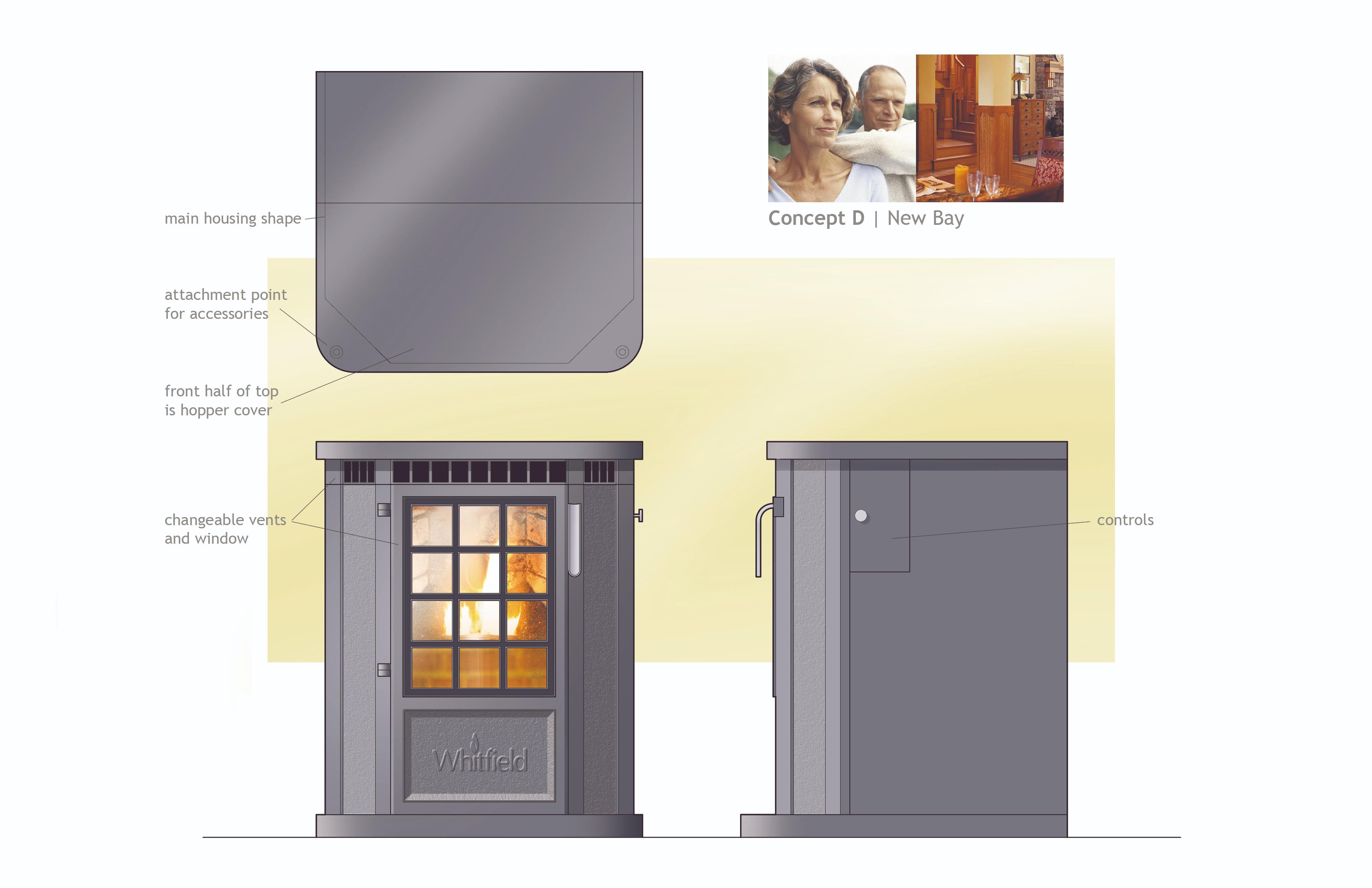
Product Direction
Consumer understanding indicated that a product with a fresh interpretation of traditional and contemporary styles could have wide acceptance. Therefore, the recommendation was a transitional style product direction.

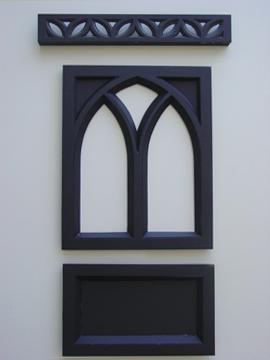
Organization Learning
Lennox product development benefited from an iterative process that included the core team and consultancy working together at every step. Although the initial ask was to provide industrial design services, the level of engagement shifted once the group saw the benefits of utilizing design thinking practices. As a result, the team turned from optimizing current technology to exploring a more comprehensive range of options before committing to a solution.
The company benefited from incorporating design thinking and making it integral to the NPD team. This change enabled a fluid interaction between marketing, design, and engineering.

Firm Renewal
Lennox was looking to overcome a negative experience with the previous product redesign. By incorporating the customer and consumer understanding into the development process, the team developed a more comprehensive product to support the brand. A new narrative started flourishing with the NPD organization that helped alignment between customer requirements and brand attributes.

